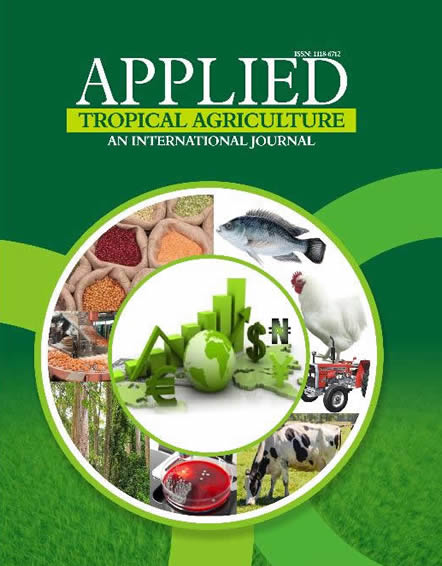Masa is a fermented bread-like product made from millet, maize or rice flour in Nigeria. It is round in shape with brown smooth body and crippling edges. .Cereals are deficient in the essential amino acid lysine and complementation with plant proteins has been reported to improve their protein quality. Thus, the present study was aimed at enriching maize-based masa with a lesser-known protein source, watermelon seed flour. Maize-watermelon seed flour blends (100:0, 95:5, 90:10, 85:15) were subjected to physicochemical (pH, total titratable acidity, proximate), mineral, phytochemical and antioxidant analyses while sensory qualities of masa produced from the flour blends were determined. The pH decreased from 6.4 to 5.4, while total titrayable acidity TTA (2.3% – 3.7% lactic acid), protein (1.68% to 4.43%), fat (11.60% to 18.01%) and ash contents (0.96% to 2.98%) of maize–watermelon seed flour increased significantly (p<0.05) with addition of watermelon seed flour. Similarly, potassium, magnesium, copper and manganese increased significantly (p<0.05). The free radical scavenging (DPPH) (39.02%-60.74%), flavonoid (621.02 mg/g-1526 mg/g), phenol (604.76 mg/g-670.46 mg/g) and tannin (130.97 mg/g-314.30 mg/g) were also found to increase with increase in watermelon seed flour. Results of consumer acceptability test revealed that masa made from 95:5 and 90:10 maize-watermelon seed blends did not differ significantly (p>0.05) from the control (100% maize). Hence, the 90:10 maize-watermelon seed flour blend may be best recommended based on its comparable sensory attributes and higher nutritional composition, phenolic content and free radical scavenging activity.
PAPER TITLE :ACCEPTABILITY AND ASSESSMENT OF PHYSICOCHEMICAL COMPOSITION AND ANTIOXIDANT POTENTIAL OF MAIZE-WATERMELON SEED FLOUR BLENDS AND MASA
APPLIED TROPICAL AGRICULTURE | VOLUME 25 NUMBER 2 2020
Paper Details
- Author(s) : Ifesan, B. O. T.*, Kayode, O. O. and Ifesan, B. T., Gabriel-Ajobiewe, R. A. O.
- Abstract:


